MetaSounds Integration
Requirements and Limitations
This integration works only on UE >= 5.3.
There's a separate version of Runtime Audio Importer with MetaSounds support included: MetaSound Runtime Audio Importer
If you have the regular Runtime Audio Importer plugin installed, please remove it before installing the MetaSound version.
Due to scaling issues that are not resolved in MetaSounds yet, only Imported sound waves are supported, without their derived waves (e.g. Streaming and Capturable sound waves are not supported).
Unreal Engine 5.6 has an assertion-related bug that may cause crashes when importing sound at runtime into MetaSound in the editor or development builds.
Workarounds:
- Shipping builds: Package your project with the Shipping configuration setting - crashes will not occur
- Custom engine builds: Apply the fix from this commit if you're using a custom UE 5.6 engine build
- Upgrade to UE 5.7: This issue has been resolved in Unreal Engine 5.7 and later versions
If you're using UE 5.6 for editor or development testing, consider the workarounds above or upgrade to UE 5.7.
Setup Process
1. Enable MetaSound Plugin
First, you need to enable the MetaSound plugin for your project.
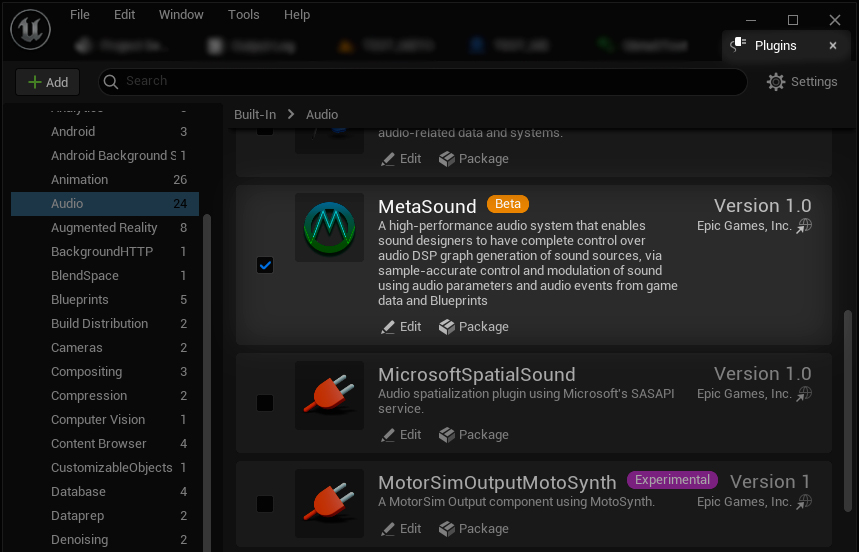
2. Configure MetaSound Graph
In the MetaSounds editor, create a new Imported Wave input, which should be converted to a Wave Asset type using the ImportedWaveToWaveAsset node.

After conversion, you can use all the same functionalities that are available for the Wave Asset type, such as playing it using the Wave Player node.
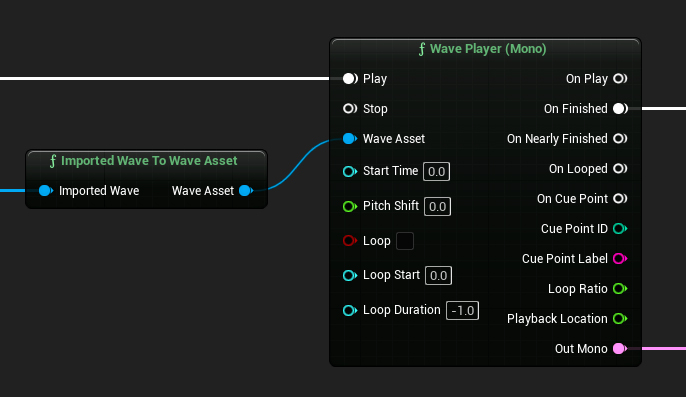
Implementation Workflow
1. Import and Prepare Audio
The workflow for importing audio data is the same as the standard Runtime Audio Importer process. However, after your sound wave is ready, you must also call the appropriate function to prepare the sound wave for use by MetaSounds.
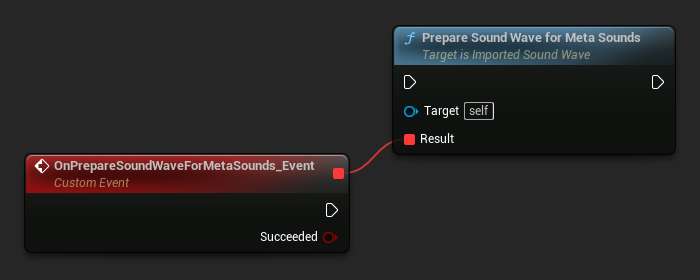
2. Set Wave Parameter
You can then set the wave parameter for your MetaSound's audio component and play it back as needed.
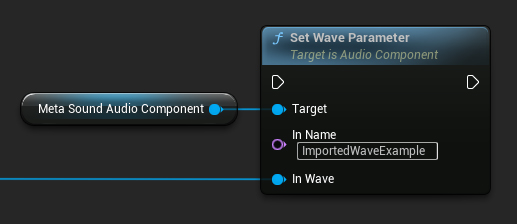
Complete Example
Here's a complete implementation example:
Blueprint Implementation
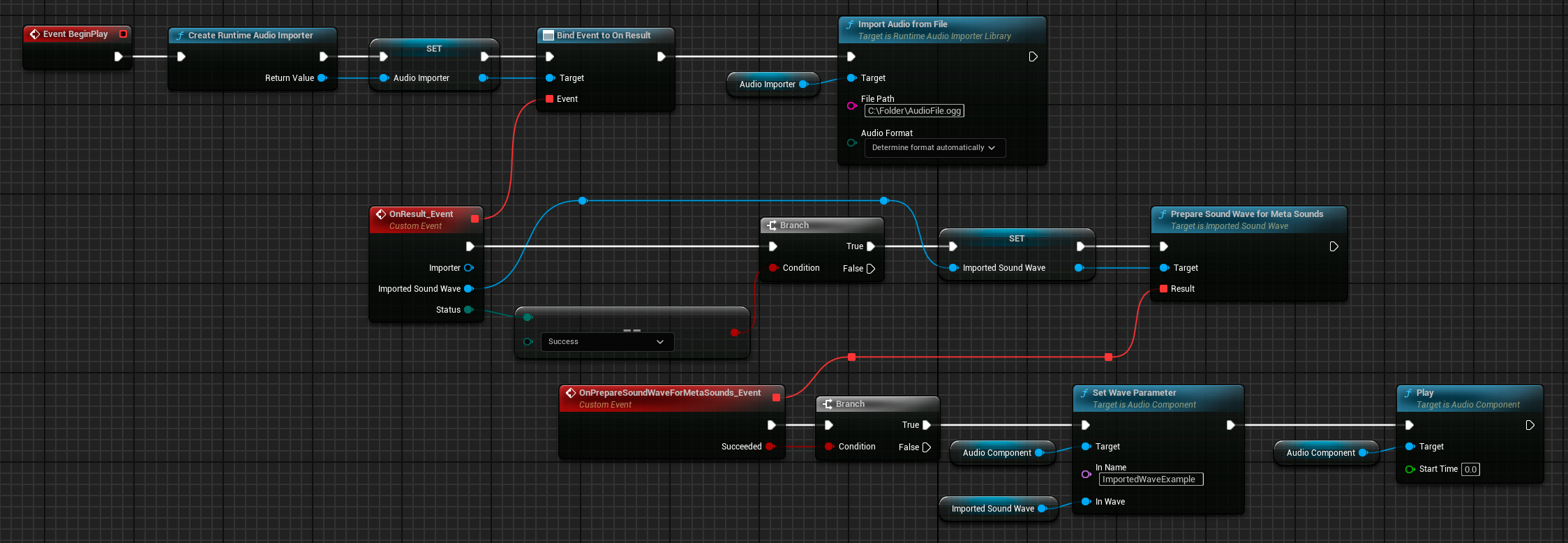
MetaSound Graph
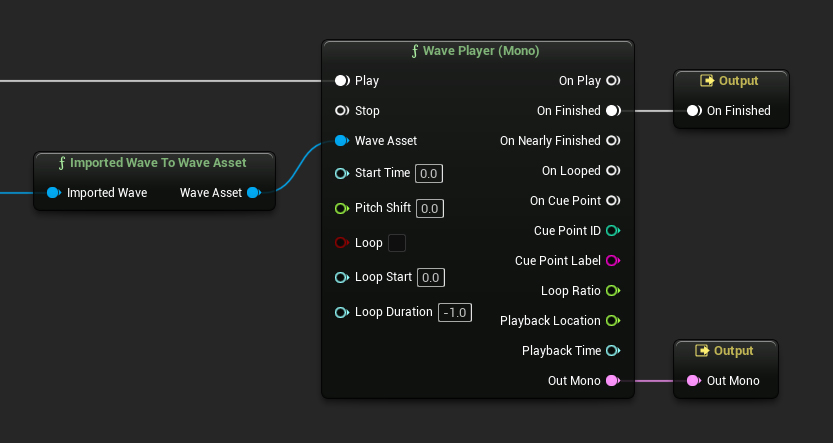
Best Practices
When working with MetaSounds and Runtime Audio Importer:
- Always prepare the sound wave specifically for MetaSound using the
PrepareSoundWaveForMetaSoundfunction - Use the
ImportedWaveToWaveAssetnode to convert between types in the MetaSound graph - Remember that only Imported sound waves are currently supported (not Streaming or Capturable)
- If experiencing crashes in UE 5.6, refer to the known issue section above for workarounds